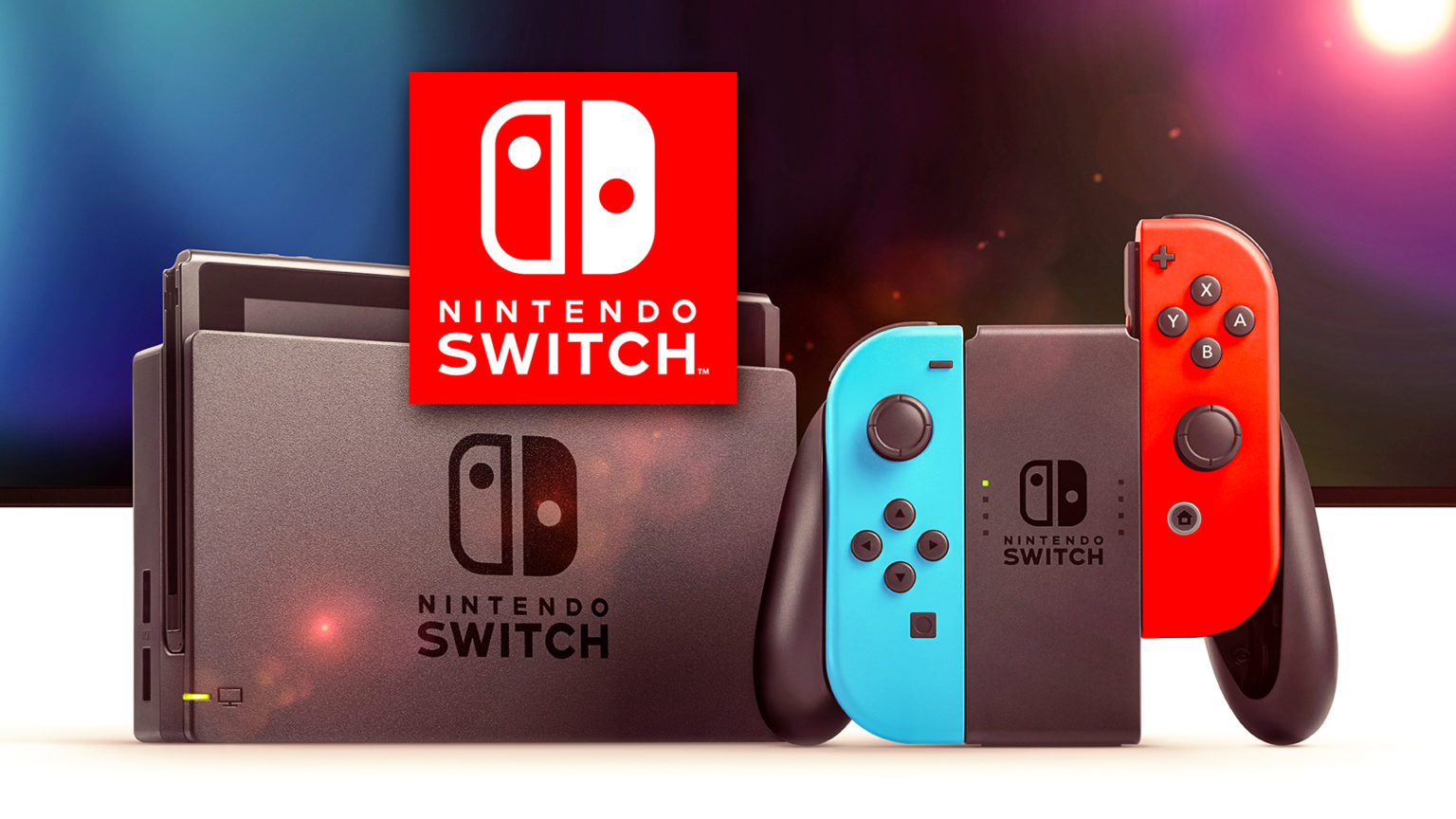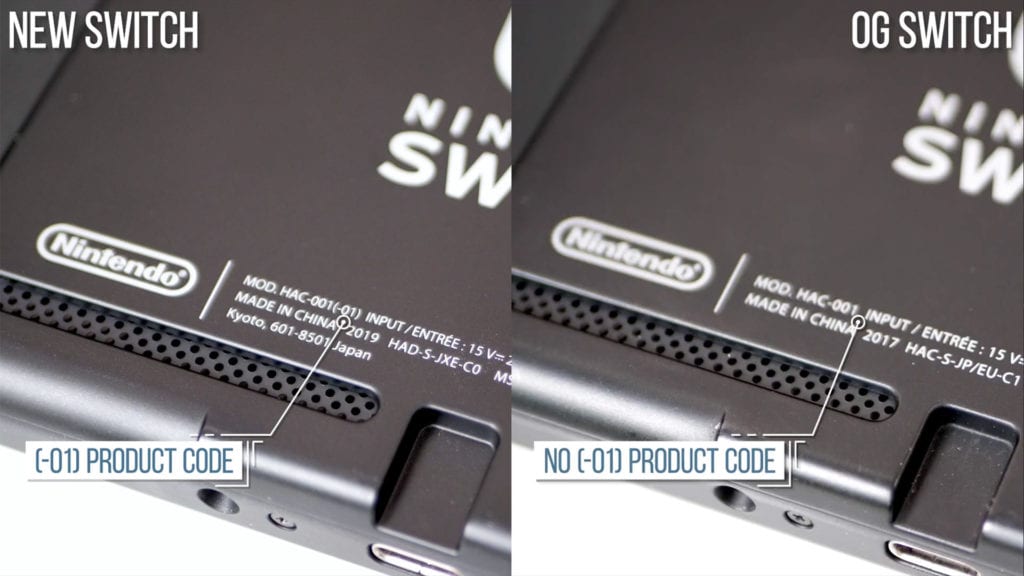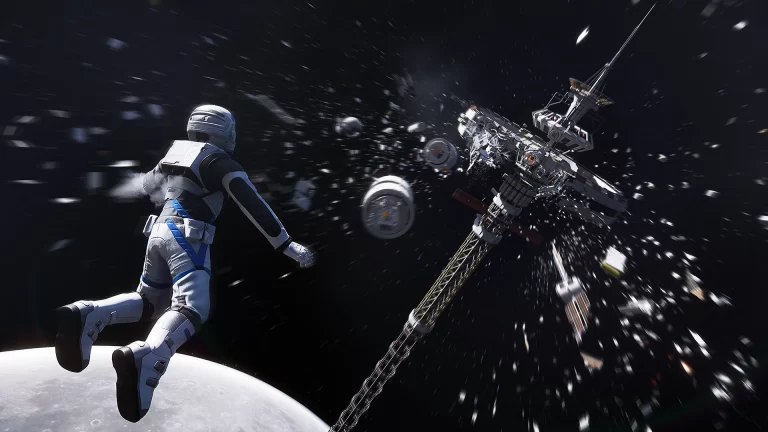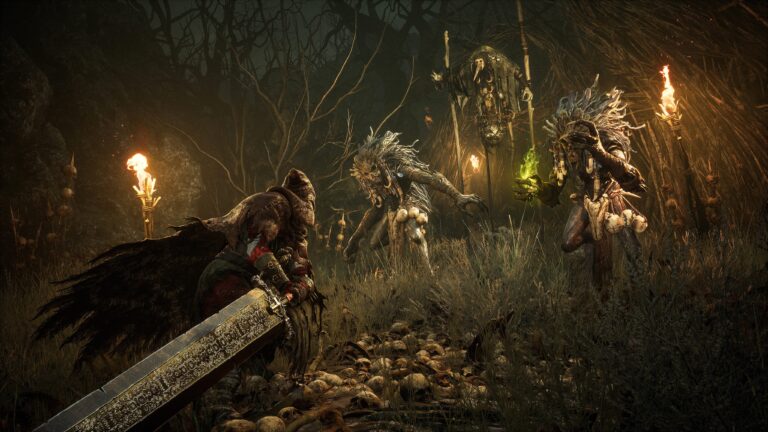2020 is shaping up to be a big year for gaming. The newest generation of home consoles was announced by Sony and Microsoft and slated for a 2020 holiday season release. The PlayStation 5 and Xbox Series X will be taking consoles to new heights with the massive hardware jumps they will be making. Nintendo, on the other hand, has been relatively quiet on the console front, with little to no news circulating about the rumored “Switch Pro” they planned on releasing. However, the console may be released sooner than rumors imply.
https://www.youtube.com/watch?v=_93gDyn0eQU
Quiet Revisions to the Switch Console
When the Nintendo Switch first released in 2017, gamers flocked to online and offline stores everywhere to get their hands on Nintendo’s newest piece of hardware. Nintendo has been renowned for their unique approach to developing consoles and handhelds, like the original Wii’s motion controls or the 3DS’ 3D capabilities.
The Switch was no exception. The unique experience it offered in home console and handheld gaming was an innovation on which Nintendo’s competitors had not capitalized. The fact the console could be played anywhere had onlookers hooked throughout the final 2017 Nintendo Direct.
As a result, the console sold out the moment it became available for pre-ordering with a massive waiting line backlog. It was arduous for anyone who did not preorder to get their hands on the console until months after its launch. Unlucky individuals had to wait until June before the Switch became available for everyone.
When the console first released, gamers were too busy exploring the dungeons of Hyrule in Breath of the Wild to see some of the subtle problems the Switch console had—the primary issue being battery life. When the console was first advertised, it was reported to have a battery life of four-to-six hours—depending on the game being played—while handheld. More demanding games like Legend of Zelda: Breath of the Wild, Xenoblade Chronicles 2, and Mario Odyssey shrunk those estimated battery life spans to 3.5-5 hours. Players would also see the console suffering from reduced frame rates and choppier visuals when the Switch was being played handheld.
Battery life was never a headlining issue, however. It was one gamers accepted because of how new and innovative the Switch was in comparison to the grounded Xbox One and PlayStation 4. While gamers may have kept the issue to themselves, Nintendo did not.
Released without fanfare, Nintendo quietly pushed out a new and updated version of the Switch to better fit the vision presented in the January 12, 2017 Nintendo Direct. First reaching store shelves in August of 2019, the updated Switch was a step forward for the console.
The new Switch was fitted with a more efficient processor that extended battery life from a maximum of six hours to a whopping nine. When pushed to its maximum capacity in brightness, sound, and hardware-demanding game, the Switch V2 lasts approximately six hours at full charge. In comparison, the older Switch lasts about half that time.
On top of this upgrade, the Switch V2 also boasts better, albeit minor, visual presentation. The screen of the V2 is brighter than that of the V1, and the screens have better white balance, offering a better blend of the color intensities shown while playing games, making the overall experience easier on players’ eyes. Unfortunately, no improvements have been made towards fixing the Switch’s joy-cons and their “drift” problem, an issue where the controllers make directional inputs in-game without any input made by the player.
It is hard to distinguish the V1 from the V2 at first glance. The consoles themselves do not sport any iterative physical improvements that can be found in other systems. The move from the PS4 to the PS4 Slim reduced the overall size of the console for convenience, and the upgrade of the Xbox 360 to Xbox 360 Slim mirrored this physical change.
An easy way to know if gamers have the V2 or the V1 is to figure out when they purchased their Switch and the box in which it was packaged. Any Switch bought in stores before August and packaged in a white box are all V1. Switch Consoles bought after this time and packaged in a redder box is a V2. A more direct way of checking is by looking at the rear side of the console and checking its model number.
The original V1 has the following model number: Mod. HAC-001
The new V2 has the following model number: Mod. HAC-001(-01)
Mirroring What Microsoft did in the Past
Silent updates like what Nintendo did with their Switch V1 and V2 is not unheard of in the gaming industry. Another instance of a quiet update is with Microsoft and their Xbox 360.
The Xbox 360 was one of the most influential consoles of its time and a behemoth that went on to sell over 84 million units worldwide. As impressive as the Xbox 360 was, it was still swamped with several problems that gamers had issues with, including the notorious “Red Ring of Death.”
Due to several hardware issues at the launch of the console, many gamers experienced the infamous ring on their consoles, giving the console a high failure rate during its early days. With failure rates reaching up to 23.7% among all Xbox 360 users in 2009, the issue was not a one-time problem but a continual struggle among gamers. The issue was so severe that legal action had been taken to hold Microsoft responsible for the Xbox 360’s issues.
While Microsoft has never made an official statement explaining the true cause of the Red Ring of Death, the company did realize how much an issue this posed to their system. To alleviate this flaw, Microsoft began silently upgrading the motherboards of newer Xbox 360 consoles in 2008.
Dubbed the “Jasper” model, the new chipset attached to the motherboard consumed less power and ran cooler than previous models, allowing the Xbox 360 to run more smoothly and efficiently at a fraction of the power. Once the Jasper models became more widespread, the projected failure rates of the Xbox 360 dropped to an estimated 4%.
This silent upgrading of the console paved way for the upgraded Xbox 360 Slim, which fixed all the problems the previous models of the Xbox had—the same problems the Jasper chipset aimed to fix. Given the release dates of the Jasper units and the Xbox 360 Slim and how close they are to one another, the Jasper units were released the silently released the way they were to pave the way for Microsoft’s newer and upgraded console model.
Perhaps that is what Nintendo is doing as well. Like Microsoft, the company silently upgraded their console to fix a certain problem it had. Even though Nintendo did deny any potential new upgraded Switch console would not release in 2020, the changes that Nintendo has been making with newer versions of their device is enough to make fans hopeful that the New Switch is in the works and is an actual leap forward.
Hopefully, by then the joy-cons are fixed too.
No related posts.







